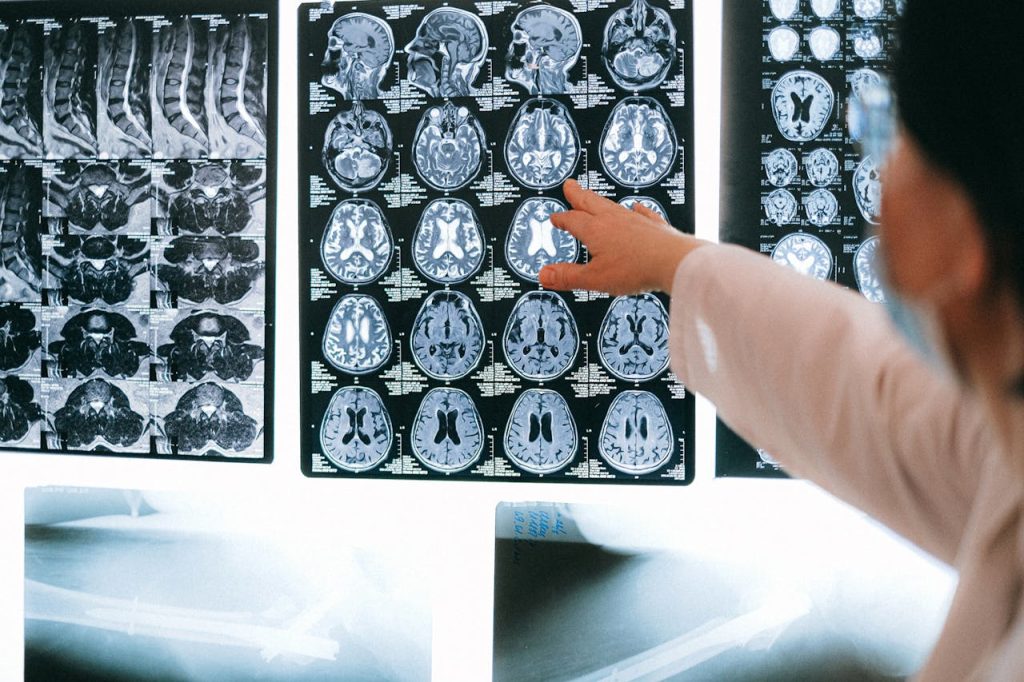Psilocybin is the main psychedelic compound in “magic mushrooms,” and it has gained popularity recently for its potential mental health benefits. With this interest comes concern about safety, including whether psilocybin can cause seizures. This article explores what science says about psilocybin and seizures, examines other risks like bad trips, psychological effects, and physical side effects, and offers tips on using psilocybin more safely.
Can Psilocybin Cause Seizures?
Research so far has found no evidence that psilocybin causes seizures in healthy people.
However, there are some exceptions. People who have epilepsy or a history of seizures could be at higher risk. One survey of 613 psychedelic users found about 1.5% had a seizure during use, and almost all of those people had a personal or family history of epilepsy.
This suggests psilocybin by itself is very unlikely to provoke a seizure in someone without such risk factors. If you have a seizure disorder or genetic predisposition, using psilocybin could potentially trigger one. For anyone with that risk, it’s safest to avoid psilocybin or only use it under medical supervision.
Other Safety Concerns of Magic Mushrooms
Psilocybin doesn’t often cause severe physical harm, but it can lead to other side effects and challenges.
Bad Trips
A “bad trip” is an intense negative experience on psychedelics. It can involve overwhelming fear or paranoia, especially if someone takes a high dose or is in an unsafe environment. Though temporary, a bad trip feels very real and scary. Using psilocybin in a calm, familiar setting with a positive mindset (and ideally a sober friend as a sitter) greatly reduces the risk of a bad trip.
Psychological Risks
Psilocybin strongly affects the mind, so there are some psychological risks. During a mushroom trip, a person can experience rapid mood swings, confusion, or paranoia.
These effects can be intense but usually fade as the drug wears off. However, people with underlying mental health conditions (particularly those prone to psychosis) should be cautious, as psilocybin could trigger a psychotic episode in susceptible individuals.
Physical Side Effects
Psilocybin’s effects are relatively mild for most people, but some short-term physical side effects are common. Many users feel nauseous or vomit after taking magic mushrooms. Dizziness can also occur. It’s normal for heart rate and blood pressure to rise for a few hours while on psilocybin.
These reactions typically wear off as the trip ends and are not dangerous in healthy individuals. However, because of the blood pressure and heart rate increases, people with heart conditions should avoid using psilocybin.
How to Use Psilocybin Safely?
If someone chooses to use magic mushrooms, they should do so as safely as possible. Here are some harm-reduction tips to lower the risks and help ensure a better experience:
- Mindset and Setting: Only use psilocybin when you feel calm and positive, and be in a comfortable, safe environment.
- Start with a low dose: If you are new or unsure how you’ll react, begin with a low or moderate dose instead of a high one. A smaller dose is less likely to overwhelm you or cause panic.
- Trusted sitter: Have a sober, trusted friend (a “trip sitter”) with you. They can reassure you if you get anxious and help keep you safe.
- Avoid mixing substances: Do not combine psilocybin with other drugs or alcohol, as mixing substances can lead to unpredictable or intensified effects.
- Know your health conditions: If you have a history of seizures, serious heart problems, or a psychotic disorder like schizophrenia, do not use psilocybin.
Sources
- Simonsson O, et al. (2022) – “Prevalence and associations of classic psychedelic-related seizures in a population-based sample”
- Freidel EN, et al. (2024) – “Psychedelics, epilepsy, and seizures: a review”
- Health Canada (2021) – “Psilocybin and psilocin (Magic Mushrooms)”
- National Center for Complementary and Integrative Health (2022) – “Psilocybin for Mental Health and Addiction: What You Need To Know”
